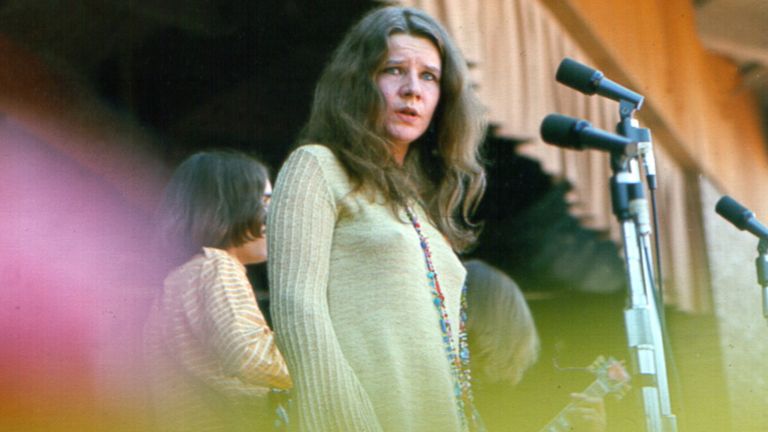The 35 Most Influential Live Musical Performances Of All Time
Like all forms of art, music is highly subjective. What we like and dislike is entirely down to our own tastes and genre preferences. So, with that in mind, picking the “best” or “greatest” live performances in music history is not easy. But this list is curated by what many industry-leading critics deemed as exceptional performances, and also the shows that had the biggest cultural impact. Read on to discover 35 of the most influential live musical performances of all time. Did any of your favorite artists make the list?
Rhythm and Blues era (1940s-1950s)
“Rhythm and Blues” is often cited to have begun in the 1940s, but, as this list shows, it started slightly earlier in the late 1930s. However, the name — which is often shortened to R&B — came in during the ’40s, replacing “race music” as a catch-all term for African-American music. The genre was born out of the musical culture of gospel, blues, and jazz, and it represented a kind of synthesis of those other types of music, with added up-tempo rhythms.
R&B had a huge cultural impact in the 1940 and 1950s, with artists such as Billie Holiday, Ray Charles, and The Drifters among the most popular performers. Some of the music responded to the civil rights issues of the day, and it influenced the future development of rock and roll, funk and soul, as well as contemporary R&B.
1. The Benny Goodman Orchestra at Carnegie Hall (1938)
Clarinetist and bandleader Benny Goodman was already a star when it was suggested in December 1937 by publicist Wynn Nathanson that he play a show at New York’s Carnegie Hall. That show would take place a month later on January 16, 1938, and would be a landmark one that was a massive cultural turning point for jazz, and indeed popular music. “The King of Swing” and his orchestra really brought their A-game on that night, on Goodman’s first appearance at such a venue.
Significantly, this was the first occasion that people actually sat to watch a swing band perform rather than lose themselves to the music on the dance floor. Not only that, Goodman’s orchestra was one of the first racially diverse collectives to play to a paying audience in America. Critic Bruce Eder called this show “the single most important jazz or popular music concert in history: jazz's 'coming out' party to the world of 'respectable' music.”
2. Marian Anderson at the Lincoln Memorial (1939)
NPR called Marian Anderson’s performance at the Lincoln Memorial on April 9, 1939, “one of the most important musical events of the 20th century,” and it is difficult to argue with that assessment. The concert came at a time of serious turmoil in the world — the Great Depression was hitting hard in America, and fascism was on the rise in Europe. Segregation was, of course, still in place in the U.S. too, along with systemic racism. Thus, Anderson’s stirring performance in front of 75,000 people was a milestone for several reasons, both musical and social.
The operatic contralto singer had been denied access to Constitution Hall by the Daughters of the Revolution because she was African-American and Black, so First Lady Eleanor Roosevelt had a stage set up for her in front of the Lincoln memorial. Anderson — backed only by a pianist — proceeded to win over a much bigger multiracial crowd that wouldn’t have been able to fit inside the confines of the Hall. Her rendition of “My Country, 'Tis of Thee” is spine-chilling, and came at a time when the nation needed a major morale boost. The concert helped spark the fight for racial equality in America.
3. Billie Holiday at Carnegie Hall (1948)
When Billie Holiday played Carnegie Hall on March 27, 1948, she felt quite a bit of trepidation. The show at the New York venue would be a comeback of sorts, after her copybook was seriously blotted following her arrest and subsequent jailing for possession of narcotics a year earlier. Not only that, Holiday hadn’t had a hit since 1945’s “Lover Man.” But if Holliday was worried by how the crowd would react to her, she needn’t have. The sold-out venue went wild as Holliday — accompanied by jazz greats such as Lester Young — gave an emotionally charged performance that brought her blues and jazz interpretations to a new level of intimacy and artistry.
Lady Day, as Holiday was also known as, performed a whopping 32 songs that night, including “Strange Fruit” and Cole Porter’s “Night and Day,” before collapsing at the end following a mishap that involved attaching gardenias to her head with a hatpin. The Guardian called the performance “the high point of her career,” and it’s hard to argue with that assessment.

